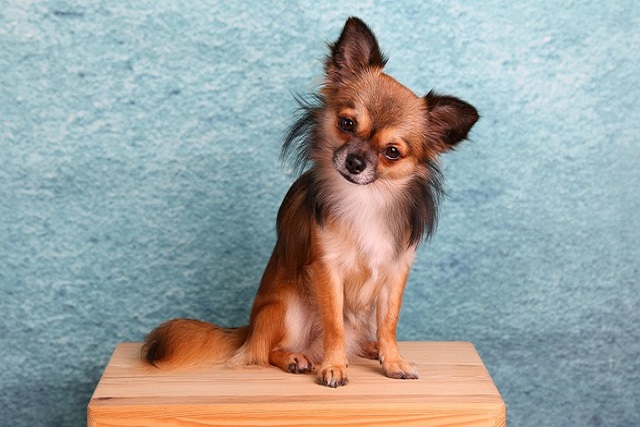
Would veterinarians recommend using dental cleaning sticks for pet dogs
If you’ve ever stood in the pet store, staring at a wall of dental chews while wondering if they’re worth the money, you’re not alone.
Most dog owners have noticed that after a good brush, their pup seems to walk a little taller—tail wagging, maybe even a contented sigh. It’s not just your imagination. For many dogs, a brush session does more than remove loose fur; it hits that sweet spot between physical care and bonding. Think about how a massage feels for humans—relaxing, relieving tension. For dogs, whose coats can trap dirt, mats, or even pests, a brush works similarly, easing discomfort they might not even realize they’re carrying.
That said, it’s not a one-size-fits-all feeling. Some dogs practically melt into the brush, leaning into each stroke like it’s the best part of their day. Others might be skittish at first, especially if they’ve had a bad experience with a rough brush or tangled fur pulling. The key here is to start slow, use the right tool for their coat type—short-haired pups don’t need the same brush as a long-haired breed—and make it a positive ritual. A little treat afterward never hurts, turning “brush time” into something to look forward to instead of avoid.
Beyond the feels, there’s practical stuff too. Regular brushing keeps their skin healthy by distributing natural oils, which means fewer dry patches or flakiness. It also cuts down on the amount of fur floating around your home—anyone with a shedding breed knows that’s a win. Plus, it’s a chance to check for ticks, fleas, or bumps you might miss otherwise. Catching those early can save trips to the vet, and in many places, keeping your dog well-groomed is part of responsible pet ownership, aligning with local guidelines that prioritize animal welfare.
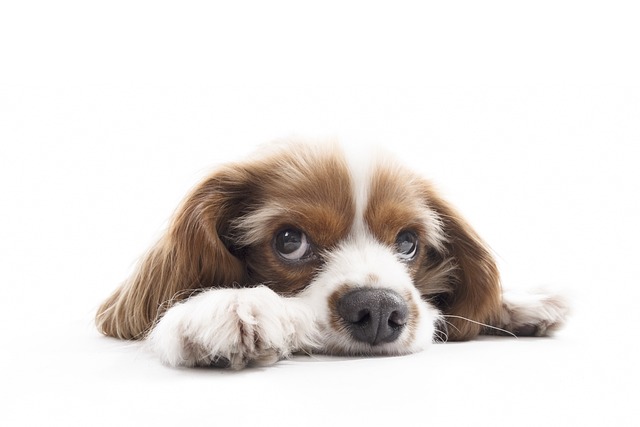 Timing matters, though. Brushing a wet dog, for example, can be painful because their fur is more prone to pulling. Wait until they’re dry, and if they’ve been rolling in something sticky, a quick wipe first might make the process smoother for both of you. Also, pay attention to their cues. If they start nipping at the brush or trying to bolt, take a break. Pushing through when they’re stressed can turn a good habit into a negative one, and no one wants that.
Timing matters, though. Brushing a wet dog, for example, can be painful because their fur is more prone to pulling. Wait until they’re dry, and if they’ve been rolling in something sticky, a quick wipe first might make the process smoother for both of you. Also, pay attention to their cues. If they start nipping at the brush or trying to bolt, take a break. Pushing through when they’re stressed can turn a good habit into a negative one, and no one wants that.
What about the legal side? Many areas have rules about keeping pets free of pests and overgrown coats that could cause suffering. A matted coat isn’t just unsightly—it can trap moisture against the skin, leading to infections. By making brushing a regular part of your routine, you’re not just keeping your dog happy; you’re checking off a box for being a responsible owner. It’s a small act that ties into bigger ideas of care—something communities value when it comes to shared spaces and animal well-being.
So, do dogs feel better after a brush? For most, the answer is a resounding yes. It’s a mix of physical relief, the comfort of your touch, and the simple joy of feeling clean. Whether your dog is a couch potato or a backyard explorer, finding that rhythm of brush, praise, and maybe a belly rub afterward can turn a chore into a moment that strengthens your bond.

If you’ve ever stood in the pet store, staring at a wall of dental chews while wondering if they’re worth the money, you’re not alone.
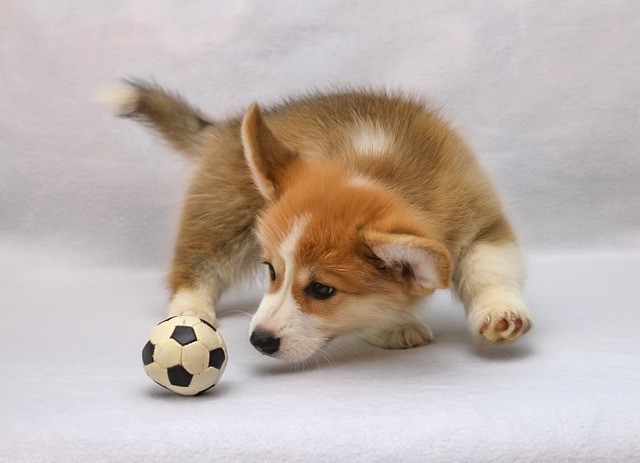
Walk down any pet store aisle, and you’ll see shelves lined with dental chews—colorful, bone-shaped treats promising to clean teeth and freshen breath.
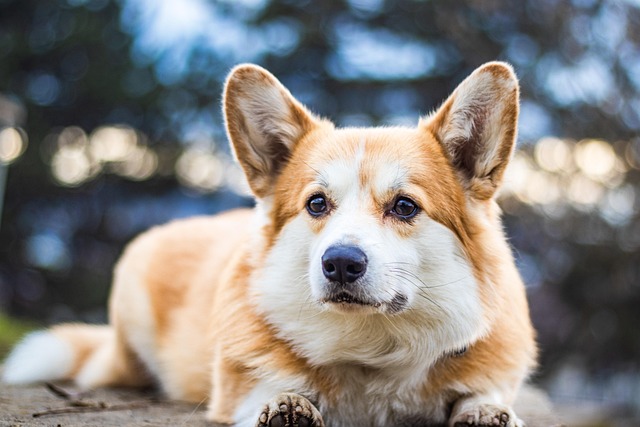
If you’ve ever struggled to brush your dog’s teeth—dodging wiggly heads, slobbery paws, or the occasional playful bite—you’ve probably wondered about easier alternatives.
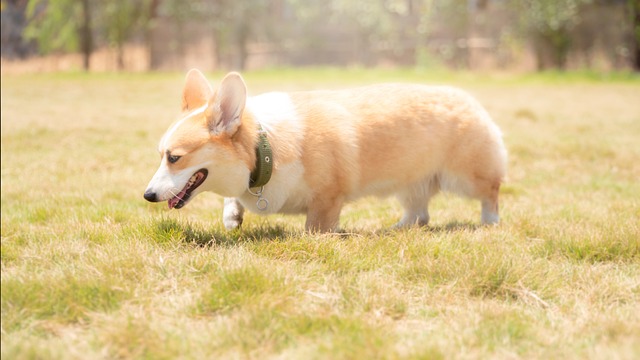
Finding your dog lethargic, with dry gums and sunken eyes, is enough to make any new pet owner panic. Dehydration creeps up fast
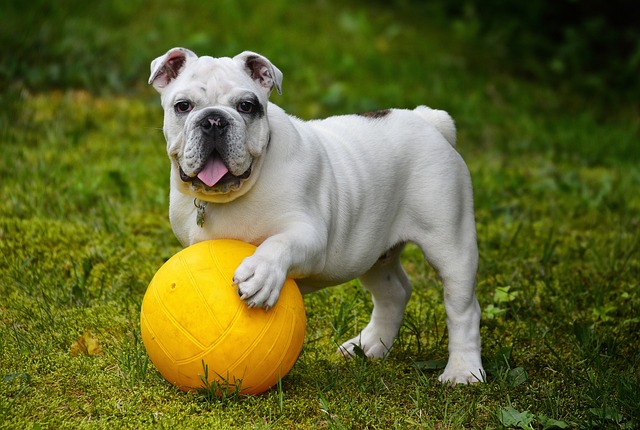
Watching your golden retriever scratch his ears raw after meals or sprint to the backyard with digestive urgency turns dinnertime into a nightmare.
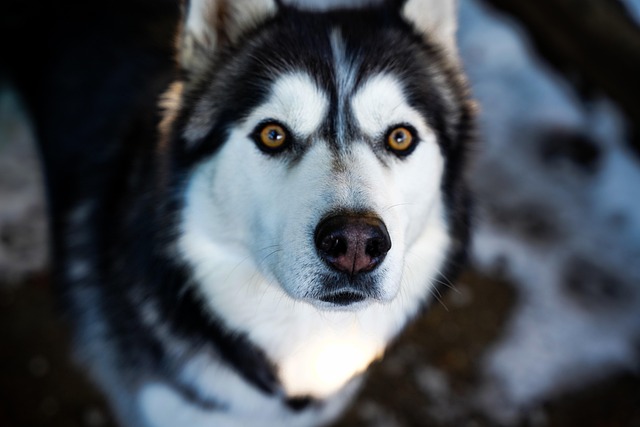
There’s something undeniably captivating about a husky’s gaze, and when those eyes are a rich shade of brown, it’s like stumbling upon a hidden gem.